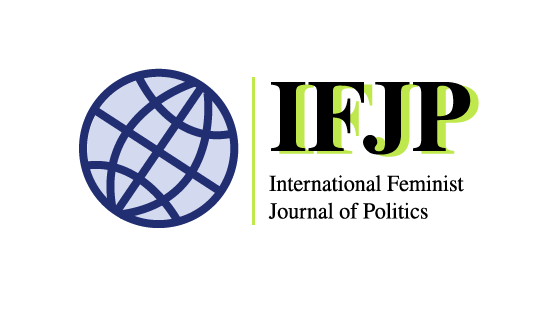This article analyzes the gendered representations of Russian women soldiers in the official newspaper of the Russian Armed Forces, Krasnaya Zvezda (Red Star), and how these narratives benefit the Russian military. I approach this topic in the context of International Women’s Day, a revealing showcase of representations. The narrative approach and discourse analysis focus on articles published in Krasnaya Zvezda between 2008, when the military reform began, and 2021 to gain a broad understanding of the representations of women in the modern Russian army. Women are not conscripted in Russia, but they can serve as contract soldiers.
Read MoreThis article centers the narratives of Tunisian women who lived through a state-sanctioned ban on wearing the veil in educational and state institutions that was instated in the 1990's. It provides a more complex interpretation of the everyday politics of women’s rights in Tunisia that goes beyond both the secular top-down modernization narratives as well as the dominant Islamic narratives that conceptualize the secular state as the root of all evil within a highly polarized context.
Read MoreThis article studies the political discourse of sisterhood within #MeToo and other social movements in China, Hong Kong, and transnational Sinophone communities. The current People’s Republic of China regime has emphasized a new conception of love that associates notions of family, obedience, and social stability with Confucianism and “traditional cultures,” aided by new gendered narratives of nationalism in the cybersphere.
Read MoreIn recent years, “digitalization” has made its way into the Women, Peace and Security (WPS) agenda. While none of the United Nations Security Council Resolutions (UNSCRs) on WPS mentions digitalization, it has increasingly entered the discourse, policy, and practice around the agenda. In this article, we cast an initial eye on the conceptualization and implementation of digitalization within the WPS agenda. We do so through a three-step analysis of discourse, policy, and practice. Our preliminary findings suggest that United Nations member states’ discourse on digitalization within the WPS agenda has moved from an instrumentalist perception of technology as a tool to support one-off initiatives related to the agenda to a more holistic view of it as an integral part of the environment in which the agenda is implemented.
Read MoreThis article offers a close reading and feminist analysis of servicewomen’s narratives of war to illustrate how personal accounts of women combatants who are part of bigger patriarchal military institutions matter for women and gender equality, and how they improve our understanding of the workings of military structures and the power relations within them during war. It is argued that women’s narratives constitute a gendered experience, and take place in a certain context and under particular circumstances; therefore, such narratives can shift the focus from a general nationalist, masculinist story of war to a personal one that flags women’s contributions and expertise, which might have a transformative and long-lasting impact on gender roles at war and contribute to deconstructing gendered binaries.
Read MoreIn this article, the authors examine the practices of survival that Rohingya and Syrian refugees perform as they confront multiple forms of violence resulting from their forced displacement in India and Turkey, respectively. We consider these practices as they are performed in the everyday and reflect on how they expand existing debates in social reproduction feminism.
Read More
